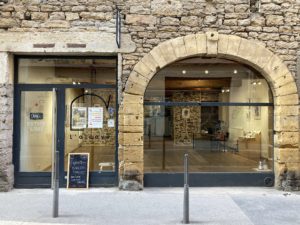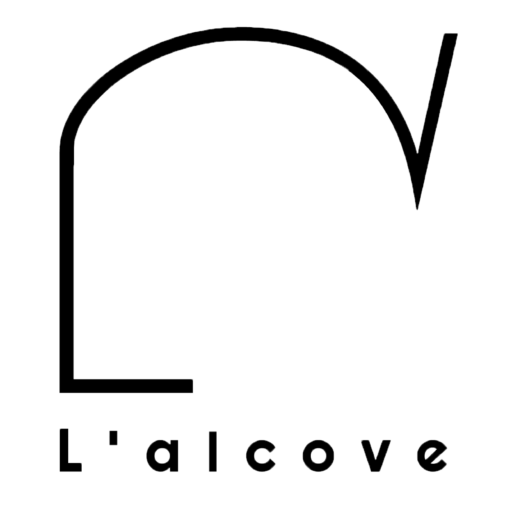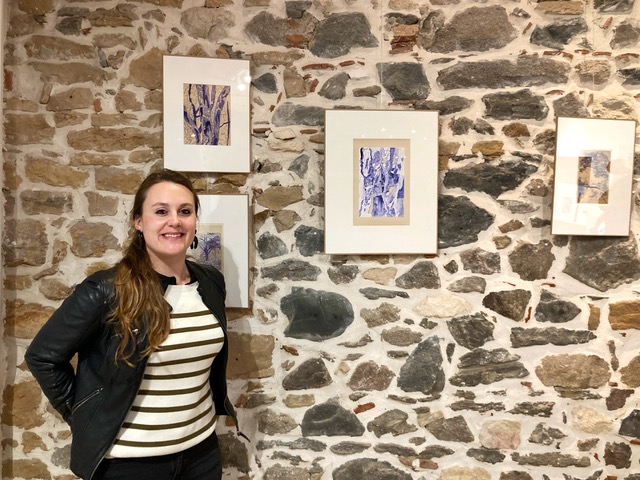A look back at Laëtitia Grün‘s exhibition,
“Sous les Feuilles“
- Where does the choice to draw with a biro and blue ink come from?
I started drawing with a biro during my second year at the Ecole des Beaux Arts in Grenoble. At that time, I often hiked in the mountains and carried in my backpack the bare essentials for drawing: a pen, an eraser, a pencil and paper. Working with modest tools and materials, easy to find anywhere, on small formats that are easy to carry, has been a determining factor in my artistic practice, because I am free to create without depending on a place, a studio.
As for the choice of colour, blue, I believe that it is the one that fully corresponds to the depth and poetry that I try to instil in my drawings.
- The subtlety of the line allows you to represent the variations of the light, what technique do you use to render the nuances and the shadows in your drawings?
As you mentioned in your question, it is the subtlety of the line that allows me to represent the variations of light; it is therefore by playing on the intensity, the orientation or the density of the line that I obtain a nuancier of blues. I also sometimes work with biros ink like paint and thus create flat areas with a brush.
- Your exhibition takes the viewer on an immersive walk in nature: how does walking relate to drawing and how has your passion for the mountains influenced the creation of your drawings?
The notions of repetition, gesture, and unity are present in my work and resonate with walking. Through this gesture of hatching, this repeated line that I draw on the sheet, I try to reproduce the body mechanics that takes place during long walks. This state where the body executes an automatic movement, letting the thoughts follow their course.
There is a link between the landscapes I draw and my own emotions: for a long time, the mountains have been a subject because they evoke wide open spaces, high peaks on which one climbs to gain height, to see far, to contemplate one’s horizon and to determine one’s life choices, one’s future.
Today, it is the forest, the magic that surrounds it and its mystical aura that, at a time of introspection, nourishes my work.
- “To render the poetry of the moment” is the aim of your artistic approach. How do you learn to look at the landscape poetically?
To begin with, I would like to quote Antoine de Saint Exupéry and his famous phrase from The Little Prince: “You can only see well with your heart. What is essential is invisible to the eyes”.
One cannot learn to look at the landscape in a poetic way; the organ of poetry is not the eye but the heart. You have to feel the world, its beauty, and have the will to access the invisible, the romantic.


